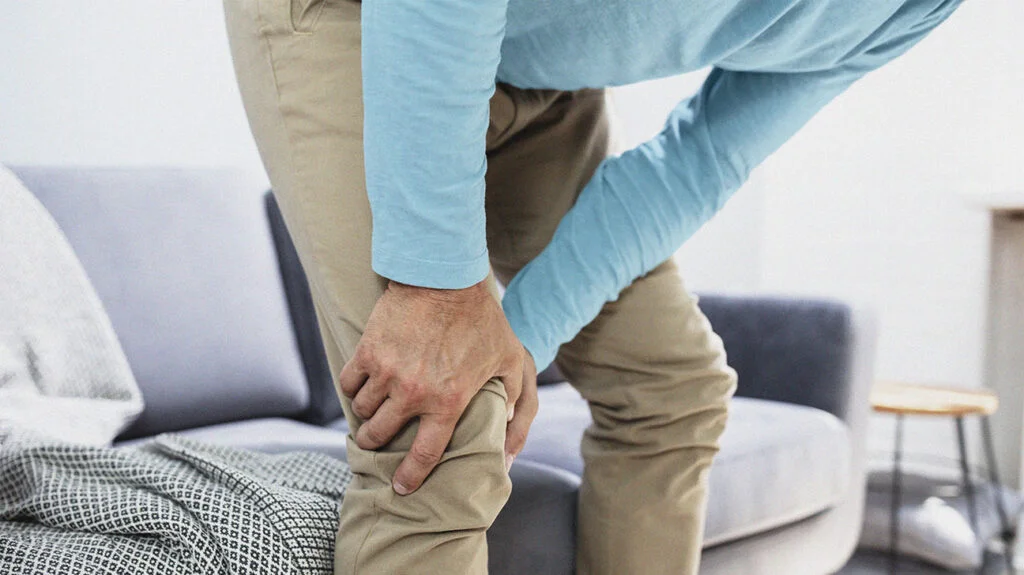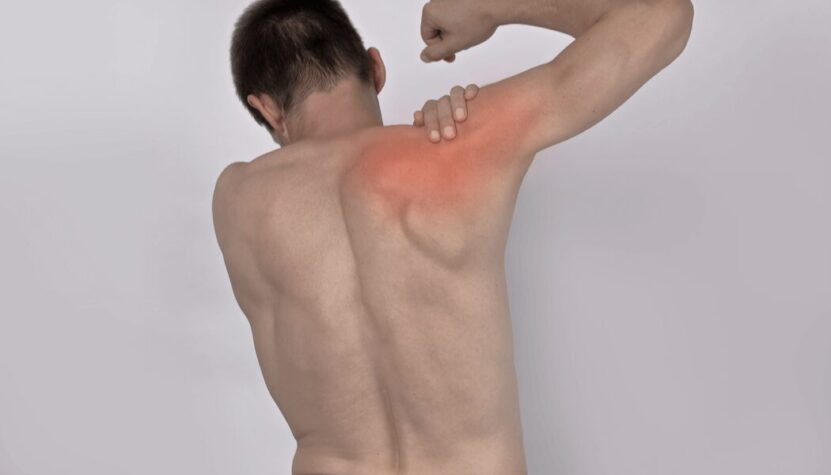When we experience an unexpected twinge or a sudden tightening in our muscles, many of us dismiss it as a minor annoyance. However, these sensations, commonly referred to as muscle cramps, might be your body waving a little warning flag. In this comprehensive guide, we’ll unravel the mystery of muscle cramps, diving deep into their triggers, various kinds, and signs. We’ll also provide you with actionable tips and guidance to understand, prevent, and treat them.
Common Muscle Cramp Triggers

It’s not unusual to experience a muscle cramp after an intense workout. However, did you know that factors like dehydration, certain medications, or even an imbalance in minerals might be behind that unwanted muscle contraction? External factors such as cold weather or poor circulation can also be culprits behind these unpredictable muscle spasms.
While some cramps occur after strenuous physical activity, others strike without apparent cause. These cramps, known as idiopathic cramps, might appear at night, disrupting sleep. While they’re not always preventable, understanding their potential triggers is a step towards mitigation. If you are further interested in muscle cramps, read more.
Types of Muscle Cramps
Muscle cramps can be classified into various categories. Some, like true cramps, involve a part or all of a single muscle or a group of muscles. These cramps usually result from muscle fatigue, dehydration, or low blood calcium or magnesium levels. They might appear during exercise, rest, or sleep.
Another type is dystonic cramps. They involve muscles not necessarily needed for a given movement, leading to abnormal postures. A classic example is a writer’s cramp where hand muscles contract involuntarily.
Signs and Symptoms
Feeling a sharp, sudden pain in your muscle? It’s possibly a cramp. They are often accompanied by a palpable hardening of the muscle. In more severe cases, a lump might be visible, showcasing the contracted muscle fibers.
While the pain is unmistakable, cramps can also manifest as mild twitches. These twitches often go unnoticed, but they are just as significant. Over time, they can progress to more intense and painful contractions if left unaddressed.
When to Seek Medical Attention

Not every muscle contraction requires a doctor’s visit. However, if your cramps are recurrent, cause severe discomfort, or last for extended periods, medical consultation is advised. Persistent muscle cramping could indicate an underlying medical condition that requires attention.
Some medications are notorious for causing muscle cramps. If you’ve recently started a new medication and noticed increased cramping, it might be worth discussing with your healthcare provider. They can offer alternative treatments or methods to counteract the side effects.
Risk Factors
Age is a prominent risk factor; older individuals tend to experience cramps more frequently. A decrease in muscle mass, changes in muscle composition, or nerve changes can be potential reasons.
Certain conditions, like pregnancy, increase susceptibility to muscle contractions. Diseases like diabetes, nerve disorders, or thyroid conditions can also be significant contributors. Recognizing these factors can help in managing effective prevention.
Prevention Solutions
Prevention is often more effective than cure. Regularly stretching your muscles can help keep them limber, reducing the likelihood of cramps. Avoiding dehydration by drinking adequate water, especially in hot conditions or during physical activity, can also keep cramps at bay.
Wearing the right footwear plays an overlooked role in cramp prevention. Shoes that are too tight or lack proper arch support can provoke unwanted muscle contractions. Ensuring a comfortable fit can make a considerable difference.
Hydration and Electrolyte Balance

Water alone isn’t enough to stave off cramps. Our muscles also require electrolytes, minerals like potassium, calcium, and magnesium, to function correctly. An imbalance can lead to involuntary contractions. Rehydrating with sports drinks or consuming potassium-rich foods like bananas can replenish lost electrolytes. Not only will this aid in cramp prevention, but it will also ensure muscles function at their optimal capacity.
Stretching and Muscle Health
Including stretching in your daily routine can work wonders. For instance, if nighttime cramps plague you, try stretching before bed. Targeting the specific muscles that cramp can alleviate and prevent future occurrences.
Consistency is key. Just as muscles remember to cramp, they can also remember not to. By integrating regular stretching into your routine, you teach your muscles to relax, potentially sidestepping future spasms.
Nutrition’s Role in Cramp Prevention
Your diet has a direct impact on muscle health. Ensuring you get enough vitamin B complex, magnesium, and other essential nutrients can dramatically reduce cramp occurrences. Consider incorporating nuts, seeds, and leafy greens, which are packed with cramp-preventing nutrients.
Stay cautious with caffeine and alcohol. Both can lead to dehydration, a common cramp trigger. Moderation and maintaining a balanced diet are critical in preventing involuntary muscle contractions.
Lifestyle and Muscle Cramp Management

Muscle cramps aren’t just physical phenomena; our lifestyle choices can significantly influence their occurrence. A well-balanced life, emphasizing both body and mind, acts as the first line of defense against these unwelcome spasms.
Physical activity, when done right, can be your best ally. Adopting a regular exercise regimen not only strengthens muscles but also improves blood flow and reduces the risk of cramps. But, remember, it’s a balancing act. Overexertion without adequate recovery can be counterproductive, leading to muscle fatigue, which in turn triggers cramps. So, it’s essential to listen to your body, understanding when to push and when to rest.
Treatment Options
When cramps strike, knowing how to treat them can provide immediate relief and comfort. Over-the-counter painkillers, such as ibuprofen or acetaminophen, can be effective in alleviating the associated pain. However, these should be used judiciously and under a healthcare provider’s guidance. Topical treatments have gained popularity for their efficacy and ease of use. Ointments containing capsaicin or menthol can be applied directly to the affected area.
They work by producing a warming or cooling sensation, diverting your brain from the cramp’s pain. These are especially useful for cramps that surface during the night, offering quick relief. Physical therapy stands out as a long-term solution for recurrent muscle cramps. By collaborating with a physical therapist, you can access tailored exercises and stretches that target your cramp-prone muscles.
In Retrospect
Muscle cramps, while common, shouldn’t be overlooked. They offer valuable insight into our body’s needs and imbalances. By understanding their triggers and types, employing preventive measures, and opting for effective treatments when necessary, we can ensure that our muscles remain healthy and cramp-free. Remember, every twinge is a message. Are you listening?
